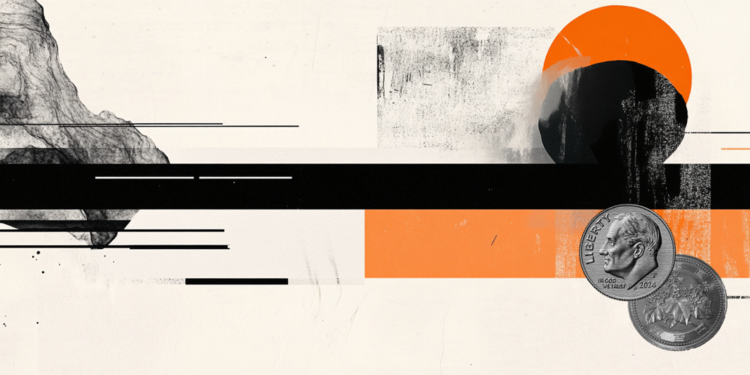- AUD/JPY appreciates due to rising concerns that Japan may face Trump’s trade tariffs.
- The Japanese Yen may regain ground amid the increased likelihood of the BoJ rate hikes again this year.
- The AUD may face challenges as China’s retaliatory tariffs on certain US exports have come into effect.
The AUD/JPY cross halts its three-day losing streak, trading around 95.50 during European hours on Monday. This upward movement could be linked to concerns that Japan might become a target for US President Donald Trump’s trade tariffs.
On Sunday, President Trump announced, while speaking to reporters on Air Force One, his plan to impose a 25% tariff on all steel and aluminum imports, without specifying which countries would be affected. He also mentioned that additional reciprocal tariffs would be imposed by midweek and quickly implemented, reflecting the tariff rates of each country, according to Reuters.
On Friday, during a press conference with Japanese Prime Minister Shigeru Ishiba, President Trump reaffirmed his commitment to addressing the US trade deficit with Japan, which is around $65 billion annually. He also highlighted Japan’s pledge to double its defense spending by 2027 compared to his first term. Additionally, Japan is set to begin importing new shipments of American liquefied natural gas.
However, the positive movement of the AUD/JPY pair may face limitations as the Japanese Yen (JPY) could strengthen amid growing expectations that the Bank of Japan (BoJ) might raise interest rates again this year. An increase in Japanese government bond (JGB) yields could further support the lower-yielding JPY.
Moreover, downside risks for the AUD/JPY pair might arise from potential challenges faced by the Australian Dollar (AUD), given Australia’s close economic ties with China, amid escalating concerns over the US-China trade war. A new US levy on Chinese imports took effect last week, while China’s retaliatory tariffs on certain US exports started this Monday.
Market participants are increasingly confident that the Reserve Bank of Australia (RBA) will cut its 4.35% cash rate at its upcoming meeting later in February, with a 95% probability of a reduction to 4.10%. This expectation follows data indicating that underlying inflation has moderated faster than the RBA had anticipated, leading several major Australian banks to move their forecast for the first rate cut from May to February.
Tariffs FAQs
Tariffs are customs duties levied on certain merchandise imports or a category of products. Tariffs are designed to help local producers and manufacturers be more competitive in the market by providing a price advantage over similar goods that can be imported. Tariffs are widely used as tools of protectionism, along with trade barriers and import quotas.
Although tariffs and taxes both generate government revenue to fund public goods and services, they have several distinctions. Tariffs are prepaid at the port of entry, while taxes are paid at the time of purchase. Taxes are imposed on individual taxpayers and businesses, while tariffs are paid by importers.
There are two schools of thought among economists regarding the usage of tariffs. While some argue that tariffs are necessary to protect domestic industries and address trade imbalances, others see them as a harmful tool that could potentially drive prices higher over the long term and lead to a damaging trade war by encouraging tit-for-tat tariffs.
During the run-up to the presidential election in November 2024, Donald Trump made it clear that he intends to use tariffs to support the US economy and American producers. In 2024, Mexico, China and Canada accounted for 42% of total US imports. In this period, Mexico stood out as the top exporter with $466.6 billion, according to the US Census Bureau. Hence, Trump wants to focus on these three nations when imposing tariffs. He also plans to use the revenue generated through tariffs to lower personal income taxes.
Source: https://www.fxstreet.com/news/aud-jpy-advances-to-near-9550-as-japanese-yen-faces-trumps-tariff-threats-202502100851

